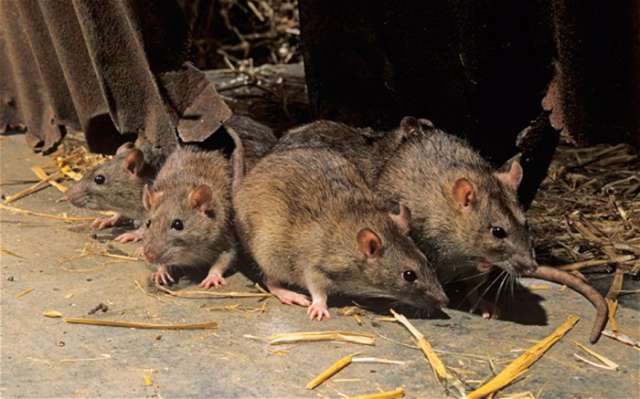And that`s just above ground rats complaints about vermin in the subway are routed to the Metropolitan Transportation Authority and not recorded by the 311 line, Grybauskas said.
A city Health Department rodent expert, Carolyn Bragdon, laid the blame, in part, on a new 311 mobile phone app in use since February 2014, making it easier to rat out the pests to the city`s hotline that has been operating since 2003.
"Whenever you launch a new vehicle for complaints, you tend to see increases," Bragdon said. "Over 90 percent of the increase in complaints was due to the app."
So far this year, rat complaints consisted of 17,356 calls, 2,347 online remarks and 4,672 mobile app entries, statistics show. Last year there were 16,964 calls, 2,361 online remarks and 1,220 mobile app entries.
"As if no one knew this before the app it`s just not true," Stringer said. "It`s a lack of taking care of business by the city`s health department."
The city is spending $2.9 million to expand a pilot program to eradicate "rat reservoirs," attacking them in the colonies they set up in parks, subways and sewers, Bragdon said. Exterminators set out bait, close burrows and work with the neighboring community on best practices to avoid attracting them in the future.
"What we know from the pilot is that we have the ability to crash a rat population by 80 to 90 percent," Bragdon said.
The city has no official estimate on rat numbers, she said.
Last year, a Columbia University researcher estimated the population at about 2 million, far fewer than traditional estimates of 8 million, or one rat for every human in the most populous US city.
More about:
















































